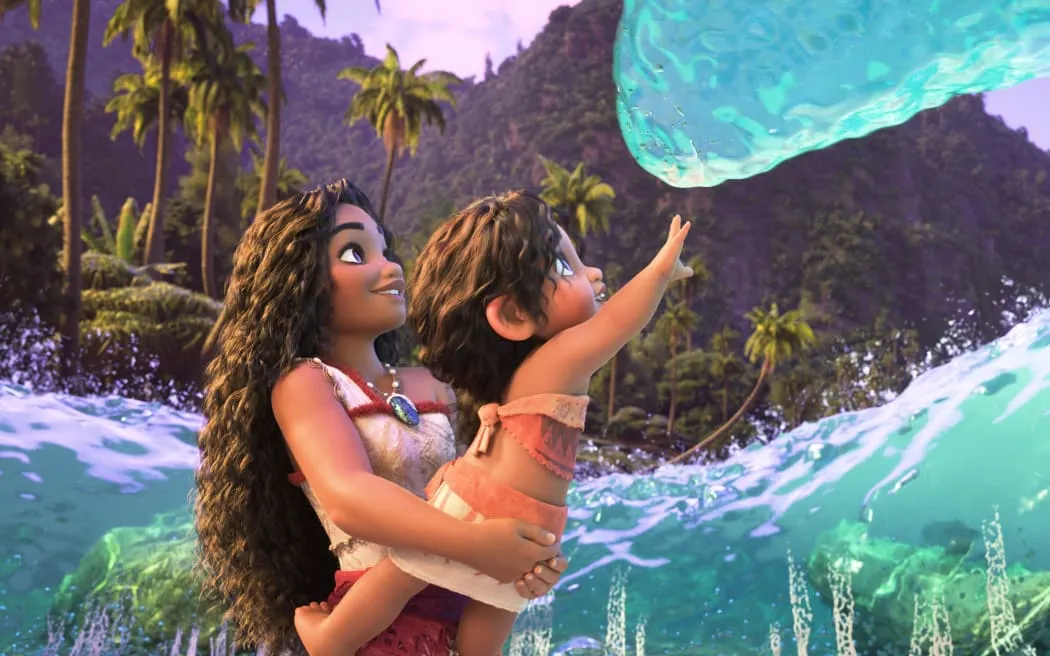A New Era of Representation: Reviewing Moana 2 in Te Reo Māori
In a groundbreaking move, Disney has released Moana 2 with a simultaneous premiere in both English and te reo Māori, making it the first film to debut in Māori language. This bold step towards representation is a significant milestone for the Māori community, and we explore what this means for the future of te reo Māori in cinema.
The Power of Simultaneous Premiere
Moana 2’s simultaneous release in both languages is a testament to the strength of the film. The decision allows tamariki Māori to hear the story in their own language, paving the way for a new generation of young Māori to grow up with te reo as an integral part of their lives.
“This could be the first and only version of Moana my daughter sees,” says Rutene Spooner (Ngāti Porou, Ngāti Kahungunu, Ngāruahine, Te Aitanga-a-Māhaki), who voices the new character Kele. “She doesn’t have to see the English version and then see the translation.”
A Film with Flaws, but Heart
While Moana 2 is not a perfect movie, it has its moments of magic. The film’s lead voice actor, Jaedyn Randell (Waikato), delivers an impressive performance as Moana, showcasing her talents in both singing and acting.
Randell and Piripi Taylor have excellent chemistry as Moana and Maui respectively, bringing energy to the screen. The supporting cast adds fun to the film, particularly Spooner as Kele, who brings a unique voice and spin to her character.
The Journey of Adaptation
The journey to bring te reo Māori into cinema began in 2017 when Disney adapted Moana into te reo. Since then, Matewa Media has adapted five other Disney films, solidifying their reputation as a leader in Māori language adaptations.
Director and producer Tweedie Waititi (Te Whānau a Apanui, Rongowhakaata) reinforces the importance of representation in film: “We want [tamariki] to whakamāori the world. If it’s not in Māori, then translate it. If it’s not in Māori, reimagine it.”
Breaking Down Barriers
However, there is still a significant gap between English and te reo screenings. A quick look at screenings of Moana 2 shows that there are five or six English screenings for every one in te reo.
To bridge this gap, the goal is to prove to theaters that there is an audience for Māori language films. Beyond that, it’s about creating a world where te reo Māori is an everyday reality.
A Full Circle Moment
For Matewa Media and the cast and crew who brought Moana 2 to life in te reo, this film represents a full circle moment. The journey began back in 2017, and now they’ve adapted another Disney classic.
The future of te reo Māori in cinema is bright, and with films like Moana 2 leading the way, it’s possible that one day, te reo will be an everyday language for all New Zealanders.
Conclusion
Moana 2’s simultaneous release in both English and te reo Māori marks a significant milestone for representation and diversity in cinema. While there is still work to be done, this bold step towards inclusivity is a beacon of hope for the future of te reo Māori.

0 Comments